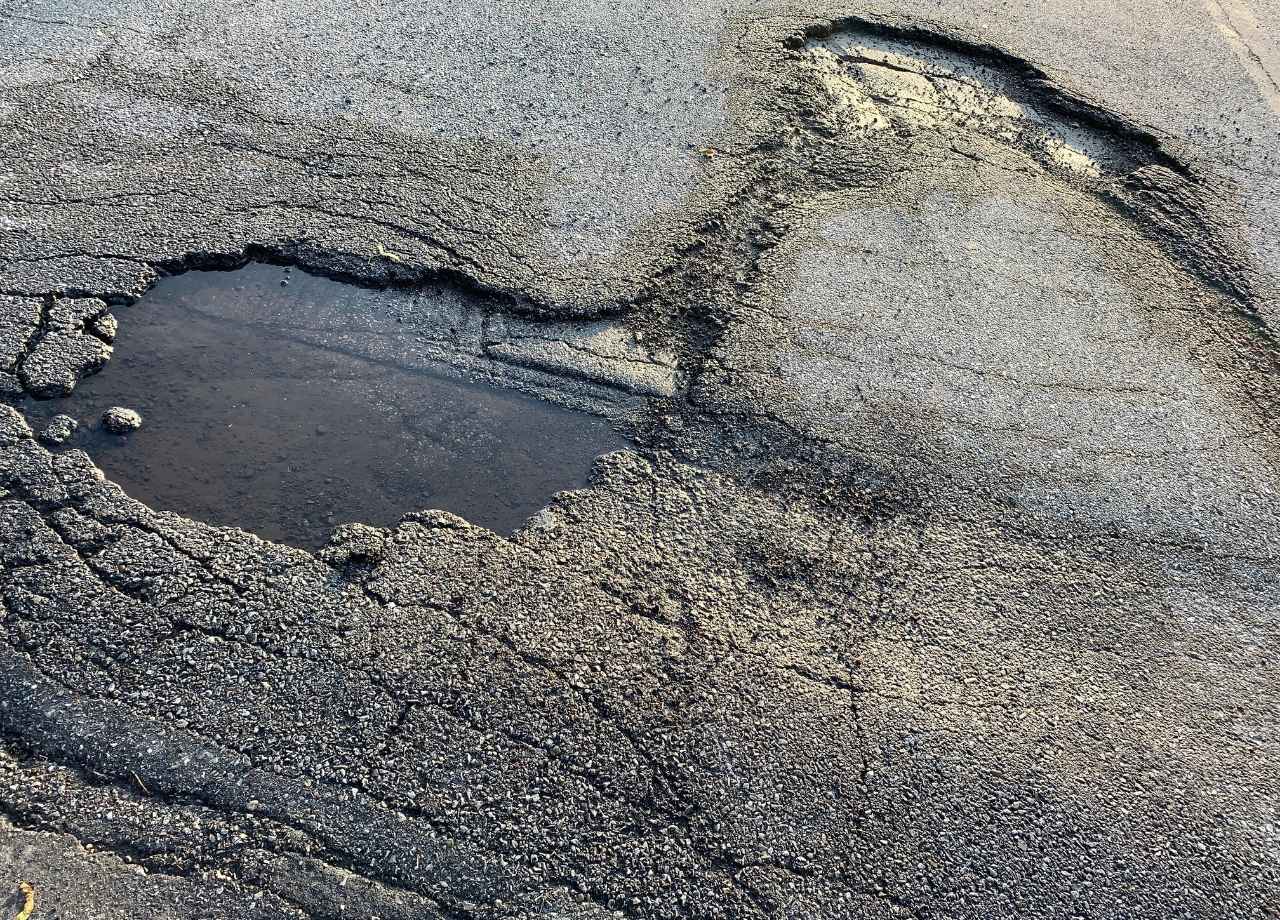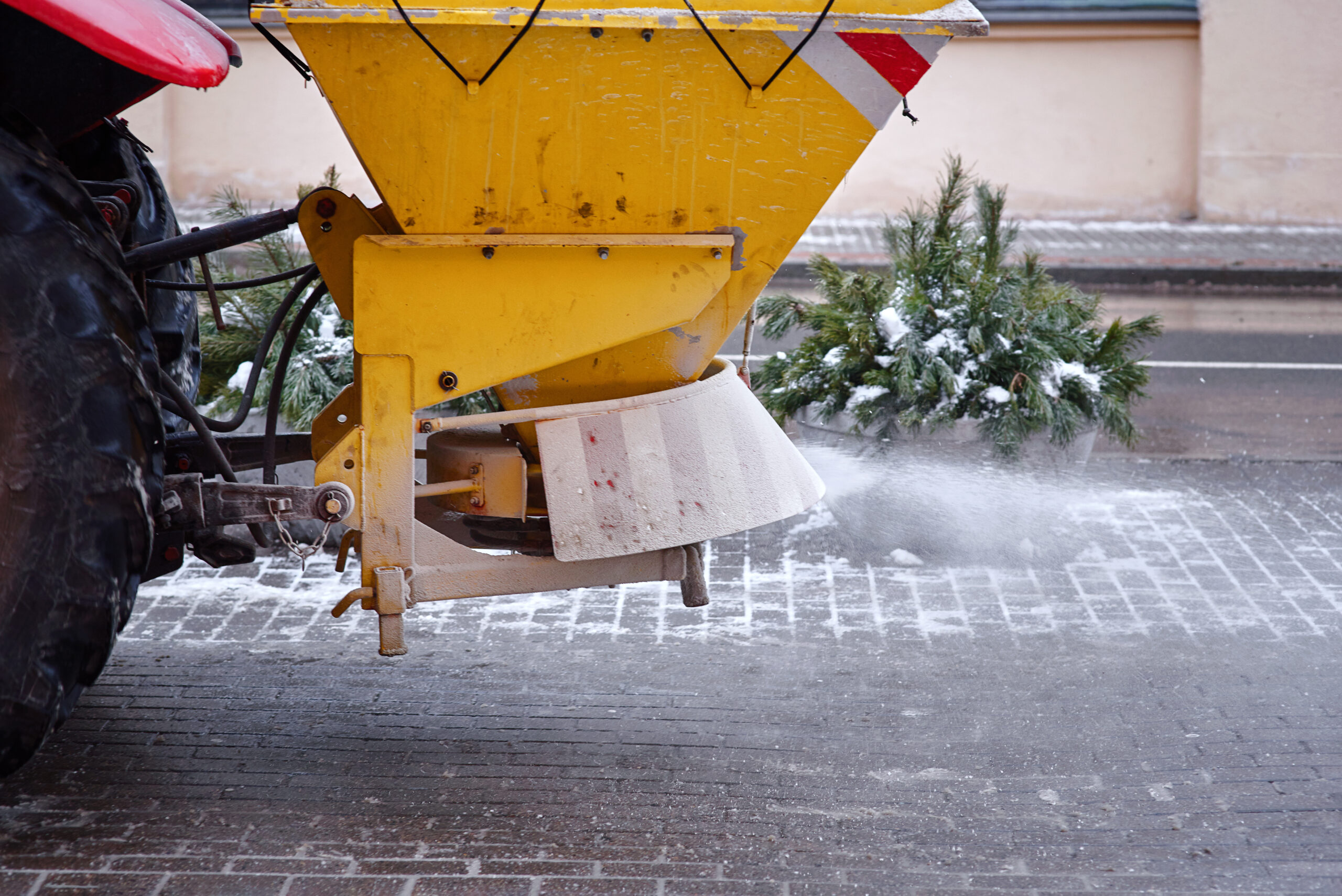Preventing Potholes: Proactive Asphalt Maintenance Tips
Potholes are more than just a nuisance—they’re a sign of neglected pavement that can lead to costly repairs and safety hazards. Regular, proactive maintenance is the most effective way to keep asphalt surfaces smooth, safe, and long-lasting. A strategic approach helps avoid damage before it starts.
Small Cracks Are the Start of Bigger Problems
Potholes don’t show up without warning. They begin as hairline cracks that widen with moisture and temperature shifts. Water works its way into the pavement structure, freezes, expands, and loosens the asphalt. Traffic pressure finishes the breakdown, and by the time a pothole is visible, the damage has already reached the base layer.
Relying on emergency repairs after damage appears usually costs more in the long run. Patching is short-term. Planned, ongoing maintenance saves money, reduces safety risks, and limits business disruptions.
Sealcoating: A Barrier That Buys Time
Asphalt is vulnerable to oxidation, UV rays, and vehicle fluids like oil and gasoline. These factors weaken the top layer and speed up surface wear. Sealcoating creates a protective film over the pavement that helps lock out moisture, prevent chemical damage, and slow deterioration.
Sealcoat applications every 2 to 4 years—depending on use and climate—help extend the lifespan of parking lots and drive lanes. Commercial properties with moderate to heavy traffic should consider more frequent service.
Crack Sealing Should Never Be Skipped
Cracks signal the beginning of deeper problems. Once water gets in, the base layer starts to soften and shift. Freeze-thaw cycles only accelerate the breakdown. Crack sealing with hot rubberized material prevents that water infiltration and keeps cracks from spreading.
Routine inspections twice a year—ideally in spring and late summer—help crews catch and seal new cracks before they compromise the pavement structure.
Drainage Is Often Overlooked—But Critical
Standing water is one of the fastest ways to shorten asphalt lifespan. Pooling water weakens the base material and causes sagging, cracking, and eventually potholes. Drainage problems can result from poor grading, clogged basins, or erosion along the shoulders.
Proper drainage should guide every asphalt project and maintenance visit. Fixing drainage may involve adding trench drains, re-grading problem areas, or installing swales. It’s a foundational investment that protects the surface above.
Sweeping Isn’t Just for Looks
Dust, dirt, gravel, and organic debris wear down the surface over time. Left unchecked, debris holds moisture against the pavement and hides signs of cracking or soft spots. Regular sweeping removes abrasive particles and keeps the surface clean for inspection.
Cleaning also prevents clogged storm drains and improves curb appeal, which is especially important for customer-facing facilities.
Edge Damage Leads to Potholes Fast
The outer edges of asphalt surfaces often bear the brunt of vehicle pressure, especially in lots with delivery traffic or limited space. When vehicles roll too close to the edge, the unsupported asphalt starts to crumble. These weak points become potholes quickly.

Adding reinforced edges, concrete curbs, or compacted shoulders helps distribute loads and protect high-risk zones.
High-Traffic Areas Need Extra Attention
Pavement in entrances, delivery zones, and employee parking areas wears out faster than less-traveled sections. These zones should be inspected more often and repaired quickly. Early patching in these spots reduces the risk of pothole formation and liability.
Tracking traffic patterns and volume allows for smarter prioritization during maintenance planning.
Infrared Patching Is a Smart Preventive Repair
When surface wear is isolated but starting to spread, infrared patching offers an effective middle ground. This method heats existing asphalt, mixes it with new material, and smooths it out. It leaves a seamless finish without joints or edges that might fail early.
Infrared patching helps facilities avoid full-depth repair and minimizes downtime during working hours.
Weather Timing Makes a Big Difference
Proper maintenance depends on ideal conditions. Sealcoating, crack sealing, and patching all perform best in warmer temperatures with low humidity. Spring and summer are ideal, while fall marks the cutoff for most treatments in colder regions.
Crews must schedule early enough to beat cold weather and ensure materials cure correctly.
Snow and Ice Control Requires Care
Winter plowing and de-icing take a toll on pavement. Metal blades can gouge the surface, and excessive salt use accelerates breakdown. Operators should be trained to keep blades slightly raised and avoid unnecessary scraping.
Using rubber-blade attachments and marking curbs and drains with visible stakes reduces damage during snow removal.
Fading Paint Is a Red Flag
When pavement striping fades, it usually means the asphalt has lost its protective oils. This signals UV damage and a thinning surface layer. Resealing and re-striping improve visibility, safety, and extend the life of the surface.
Bright lines also enhance traffic flow and help reduce edge damage from improper turning or parking.
Don’t Wait Until It Looks Bad
Facility managers often delay maintenance because the lot “still looks fine.” That delay leads to bigger problems. The best time to act is when wear becomes just noticeable—cracking, fading, or pooling water. At that stage, repairs are less expensive and take less time.
Small problems don’t stay small. Planning based on surface age and use patterns helps avoid budget surprises and keeps operations smooth.
Regular Inspections Pay Off
A visual inspection with a checklist helps catch early warning signs. Focus areas should include surface cracks, drainage effectiveness, edge condition, traffic wear zones, and discoloration. Logging these findings helps crews track changes over time and prioritize needed repairs.
In multi-location portfolios, this approach helps allocate budgets more effectively and address high-risk zones before damage spreads.
Traffic Behavior Impacts Surface Lifespan
Asphalt maintenance also depends on how people use the space. Heavy trucks parked on unsupported edges or drivers cutting tight corners can add stress to vulnerable spots. Reinforcing lanes with curbs, placing signage, and installing barriers or wheel stops helps manage movement and preserve the surface.
Maintenance alone isn’t enough—driver habits and loading routines need to align with pavement limits.
Preventive Maintenance Is Always the Cheaper Option
Letting small problems linger leads to major repairs or full replacement. Regular sealcoating, crack filling, drainage upkeep, and sweeping cost far less than rebuilding a damaged lot. Every repair that prevents water intrusion or material breakdown extends surface life.
Commercial asphalt should last 15–20 years with proper care. Without it, failure can happen in less than 10. Investing in scheduled service saves money, reduces liability, and protects the appearance and function of your property.
That’s why facility managers across retail, distribution, and multi-site portfolios rely on National Facility Contractors for coordinated asphalt inspections, preventive repair schedules, and long-term pavement management that protects both budgets and customer experience.
Conclusion
Potholes aren’t just a surface issue—they’re a signal that the underlying system is failing. Proactive care is the only way to preserve your investment and avoid the financial and operational strain of reactive fixes.
If your asphalt maintenance plan is based on emergency calls, it’s time to rethink your strategy. A proactive partner can make the difference between short-term patches and long-term performance.






